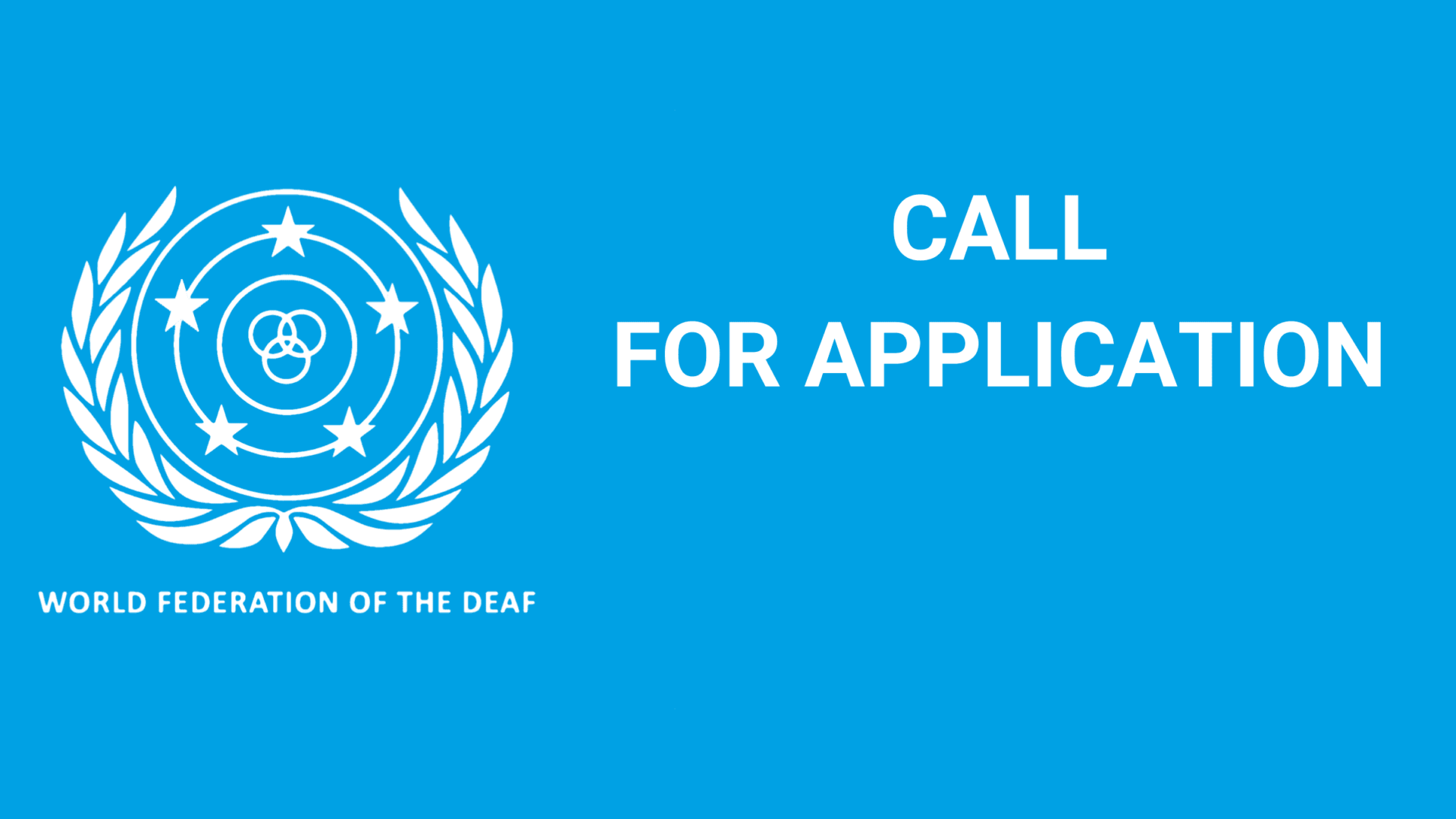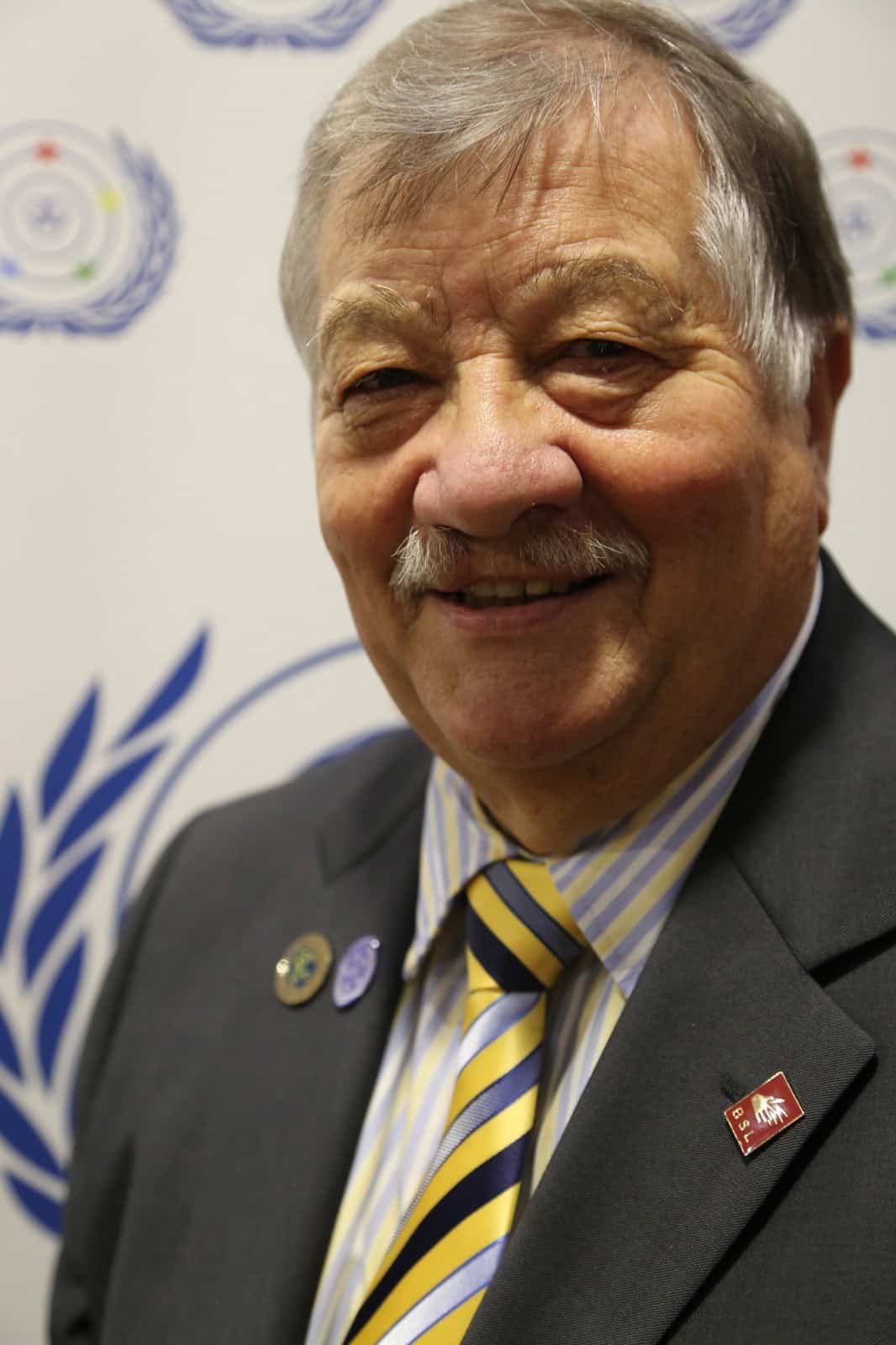Wednesday, 9 November 2011
The third day of the WFD-EUD conference in Ål, Norway concentrated on exploring positive examples from around the world on education, the deaf community and sign language policy development.
Tuesday started off with the keynote presentation from Dr. Peter C. Hauser from the Rochester Institute of Technology (USA) who shared recent cognitive neuroscience and psycholinguistic research findings on deaf and hearing individuals. According to Dr. Hauser there is no research supporting claims that learning sign language would interfere with speech development. On the contrary it enhances language acquisition. According to Dr. Hauser, it is important for hearing families to accept that their child is deaf instead of seeing the child as “broken” or disabled. He also emphasised the importance of deaf mentors and positive role models for both deaf and hard of hearing children as well as their parents.
The president of the Ugandan National Association for the Deaf (UNAD) Mr. Ambrose Murangira brought into the discussion perspectives from Uganda showing the struggles of the Ugandan deaf community and deaf education from the 1960s to present day. The key lesson learnt from Uganda is that there is a need for a strong deaf community which can influence the education policies and societal attitudes towards bilingual education.
Director of the Development Department of the Finnish Association of the Deaf (FAD) Ms. Kaisa Alanne presented the Finnish example of sign language policy planning providing a comprehensive analysis of its development leading to the Language Policy Programme for sign languages adopted in 2010. The Finnish example shows that although sign language is recognized in the constitution the legal obligation does not necessarily guarantee the realization of linguistic rights in practice. Whilst continuing its work on the national level, FAD has also aimed to contribute to the language planning development in other countries through its development programmes in, for instance Kosovo and Albania.
Dr. Dirksen Bauman, Co-ordinator of the Office of Bilingual Teaching and Learning from Gallaudet University introduced the Bilingualism mission adopted in 2007. Currently students’ language and communication skills are evaluated in both American Sign Language and English whereas in the past it was predominately written English. Through these changes in its curriculum Gallaudet, is in the process of becoming a genuinely bilingual university.
Ms. Berglind Stefánsdóttir, EUD President and Mr. Colin Allen, WFD President wrapped up with a statement:
The sessions today have proved that the recognition of sign languages in national law is not enough. National and regional stakeholders and policymakers must ensure that legislations are put into practice and implemented so that Deaf children can enjoy full human rights and become equal citizens.



